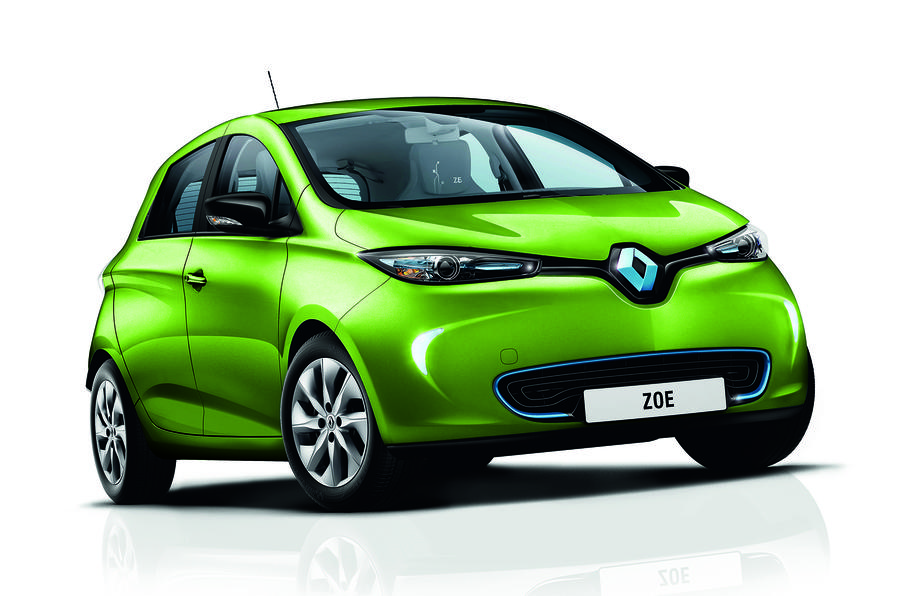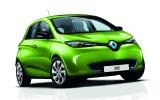Automated cars capable of roaming the streets while the driver literally takes a back seat may be some way off, but Renault might have come up with a simpler version that it says will be in production by 2020.
As part of research into advanced driving assistance systems (ADAS), engineers have equipped a Renault Zoe EV with hardware and software that enable it to drive autonomously at up to 20mph on specially designated, pedestrian-free roads such as urban dual carriageways.
While the Zoe takes the strain, the driver can use full internet connectivity to catch up with work or just relax. As well as making life more productive, autonomous cars are also intended to reduce accidents.
Renault’s system makes use of existing sensor technology. When the Zoe enters an autonomous driving zone it alerts the driver to the opportunity of handing over control, which is done by pressing a button. The driver can regain control at any time by resting his or her hands on the steering wheel and can pass it back to the car simply by removing them.
The low-cost hardware comprises GPS, a single forward-facing video camera mounted near the rear-view mirror, a forward-facing radar sensor and ultrasound sensors in the bumper.
Renault plans to begin introducing the hardware next year, supporting functions such as adaptive cruise control and traffic sign recognition. Automated driving can be enabled in the future by adding software and driver displays.
A technique known as data fusion combines the signals from the three different types of sensor to create a picture of the scene ahead. The system can interact with other vehicles and solid objects but cannot recognise pedestrians, cyclists or animals, hence the need for designated areas such as urban dual carriageways. It’s expected that existing stretches of road could be adapted without the need for a major road network overhaul.
Car parks at destinations such as workplaces will be dedicated to autonomous cars, which can be guided to the nearest free space by the car park’s infrastructure. Government initiatives are already under way in France to establish designated zones and car makers are being encouraged to take part.
The project was spawned by research into connecting cars with the environment, and includes services such as the internet, an autonomous valet parking system called ‘PAMU’ (for advanced urban mobility platform), vehicle-to-vehicle (V2V) and vehicle-to-infrastructure (V2I) communication using long-range wi-fi.



















Join the debate
Add your comment
Sort yourselves out
Where Citroen are experimenting with simplicity, Renault appear to be going in the opposite direction, despite not being out of the woods financially. I hope it works, but I think they need to further strengthen their standard lineup before they make throwaway claims of autonomous vehicles being on the road by 2020.
Region specific?